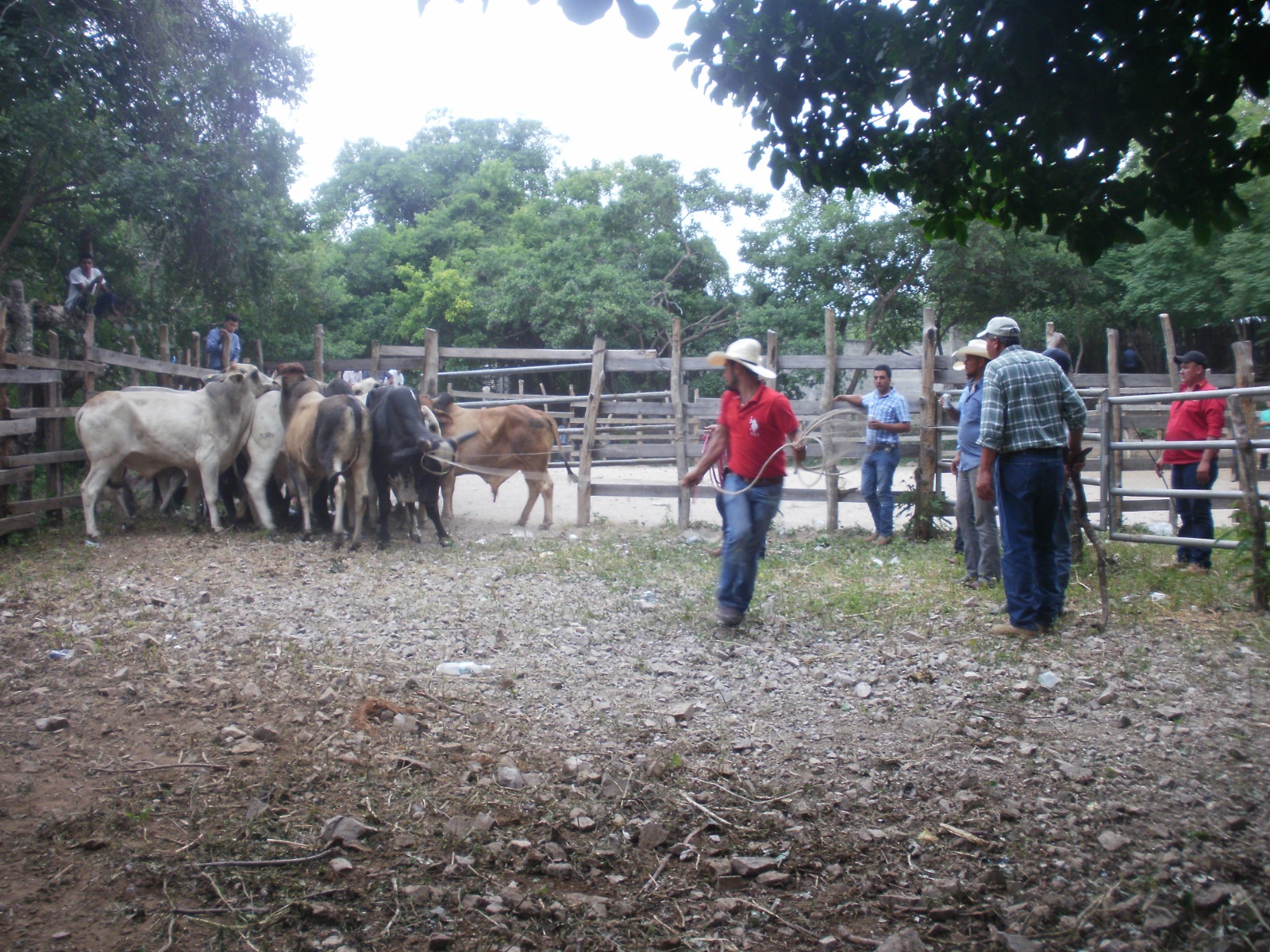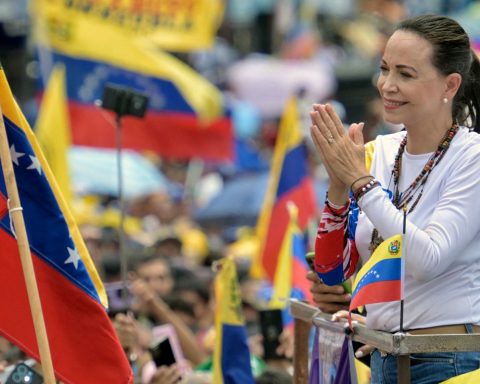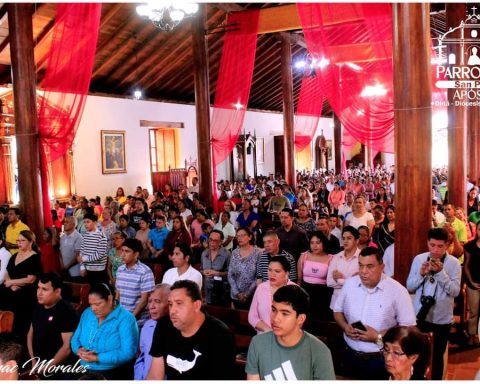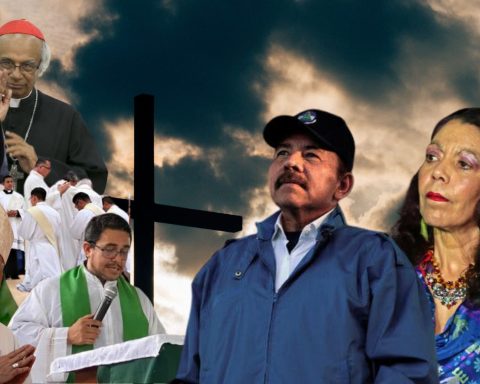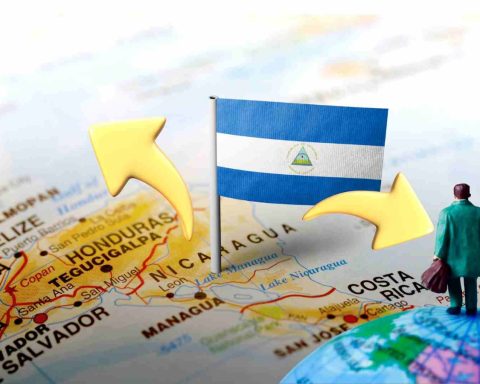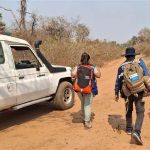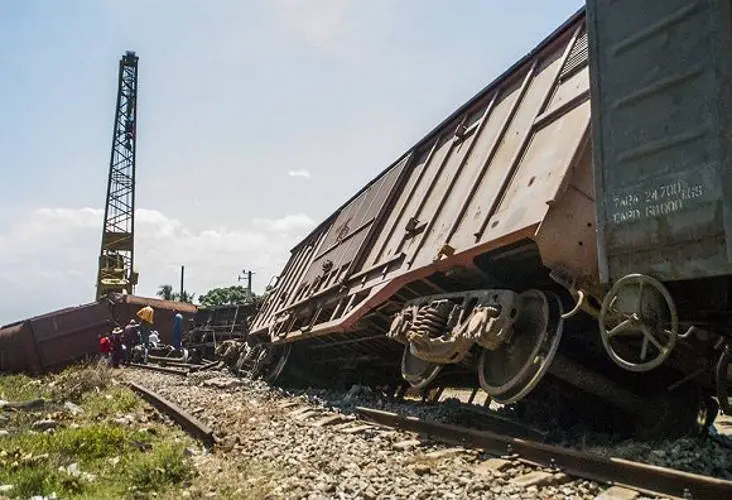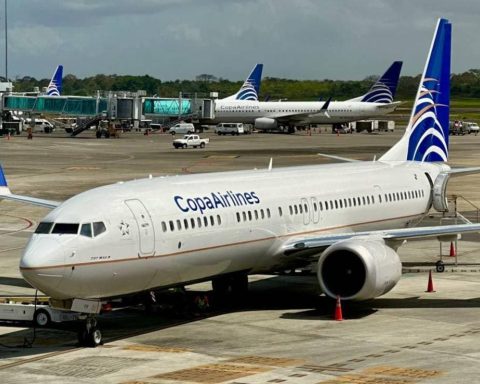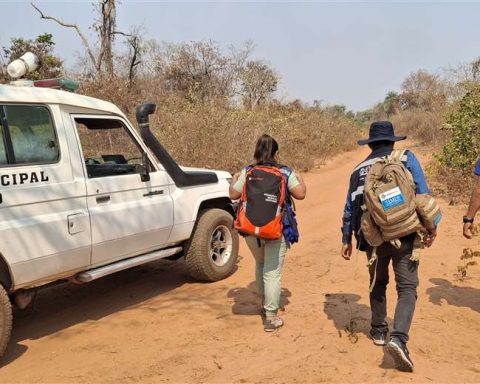The production and breeding of dual-purpose livestock (meat and milk) has stagnated in the last four years in Las Segovias, according to some members of the livestock associations of the departments of Estelí, Madriz and Nueva Segovia, who assure it is due to the lack of bank financing, government support and political instability.
There are also factors such as the crime of cattle rustling (theft of livestock), the departure of many cattle producers from the country, those who abandoned their farms dedicated to raising purebred heifers, calves and bulls, as well as the migration of traditional day laborers.
“The truth is that there is an instability that began in April 2018, and that dragged on other problems, such as the migration of thousands, including many producers and traditional farm workers dedicated to caring for animals,” said a Segovian producer dedicated to the breeding and production of bovine livestock.
Related news: Cattle theft and assaults in urban areas soar in Chinandega
Likewise, the farmer pointed out that we must not forget the stagnation that the coronavirus pandemic generated worldwide. “There are other problems, such as the high cost of the inputs used in livestock, such as pigs for collecting milk, dewormers and vitamins for livestock, molasses and other foods that occur in times of summer and to that you have to add the taxes that are paid in the mayors’ offices”, he pointed out.
Rustler “hits”
José Evaristo Fuentes Machado, a small cattle producer from Nueva Segovia, said that the theft of livestock has greatly affected that northern part of the country. «Here several producers have already left us without animals. For example, there in the municipality of Jalapa, several ranchers have lost purebred heifers, calves, and bulls, because rustlers transport them to the Honduran border area, despite the work of the Nicaraguan Army,” he indicated.
To get an idea of how the breeding of animals in this region of Las Segovias has stagnated, an Estelian farmer explained that in his case, he had up to 78 breed animals before 2018, including heifers, calves and bulls. But today, he barely manages to support about 20 livestock.
“Many livestock producers began to have losses and then came the coronavirus that paralyzed the commercialization of animals worldwide and we even stopped slaughtering cows for butchering and commercialization of meat locally,” he explained.
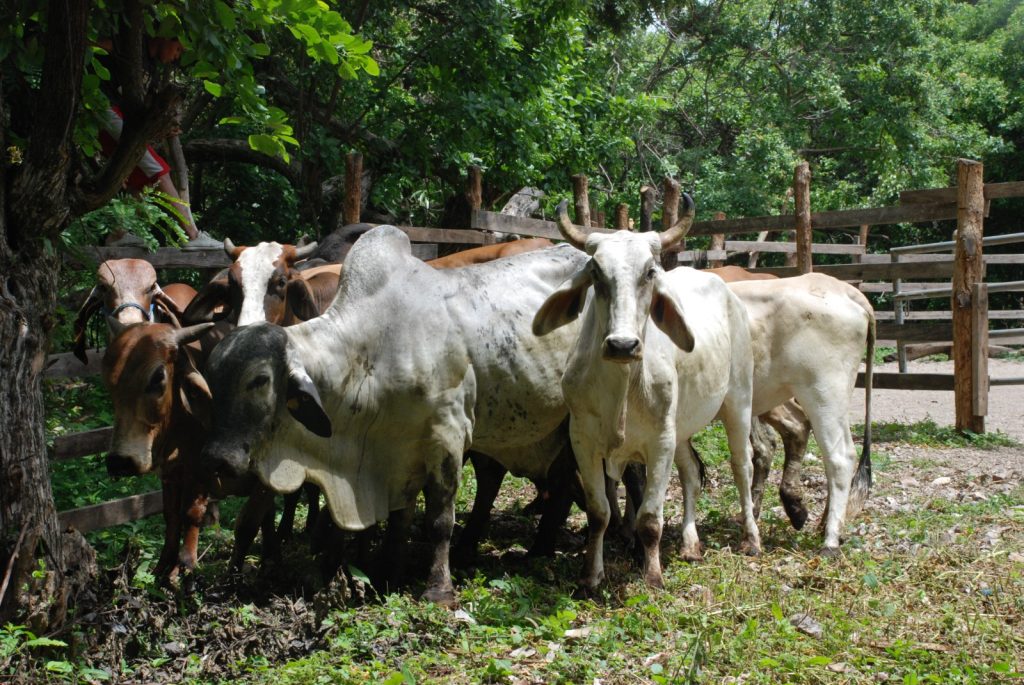
Another producer denounced that the regime canceled the livestock associations that organized departmental and national fairs such as Expica. “That affects a lot,” he stressed.
“In free fall”
For his part, a cattle producer from the city of Somoto, in Madriz, and who also asked to speak on condition of anonymity, said that as the owner of a farm he had more than 100 dual-purpose animals and now he has less than 20. fattening heifers.
«The problem we face here is the lack of bank credit for the purchase of molasses, concentrate and bales of hay. Neither do the state institutions help us, nor do the livestock associations already meet. We’re going like in free fall,” he said.
While the producer Luis Moreno Rodríguez, from the community of San José de Amucayán in the municipality of Telpaneca, in Madriz, explained that on his twelve-block property he has gone from having 25 animals to just four cows and one bull. “This is difficult to be raising animals,” he commented.
By: United Voices
